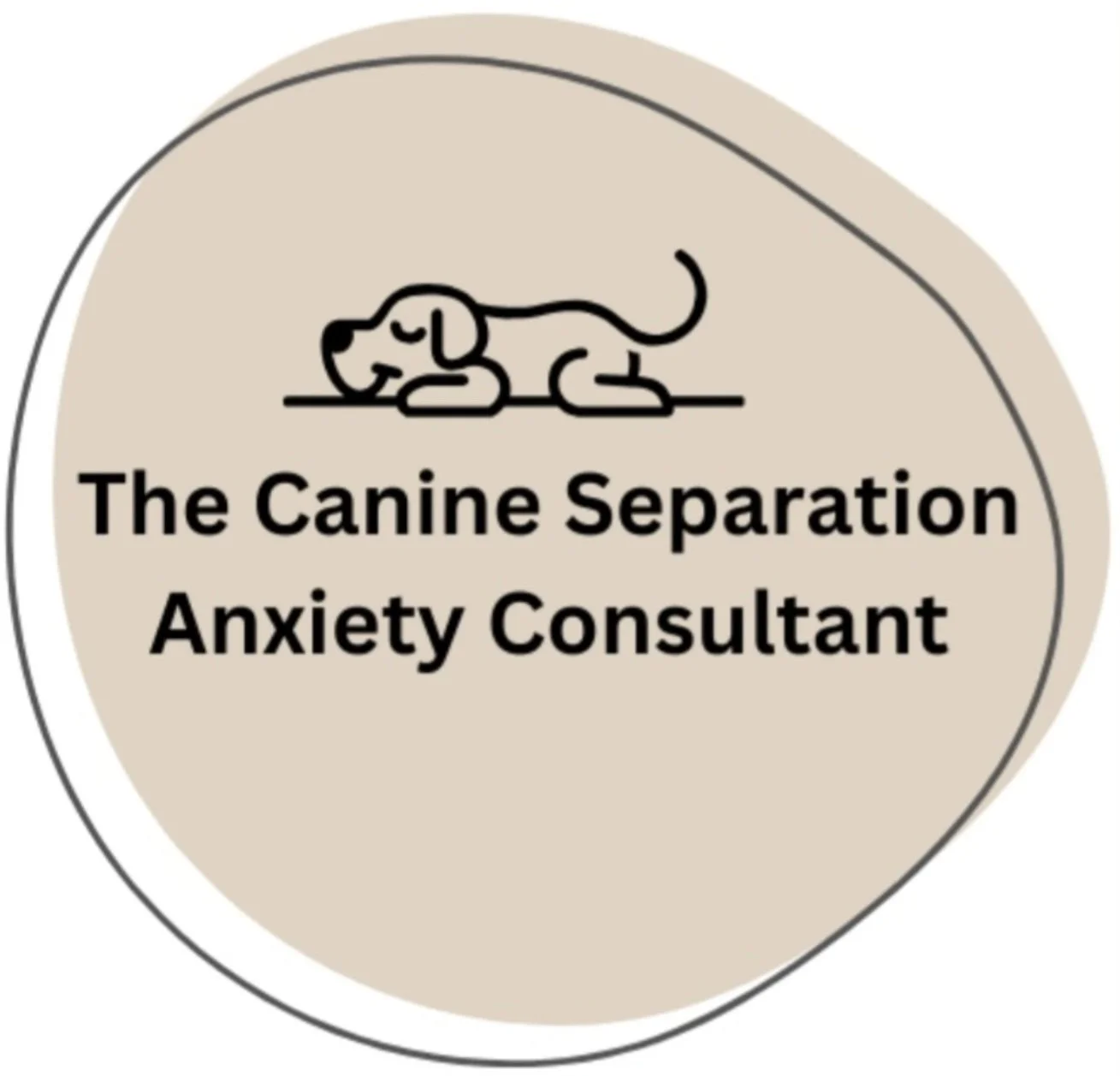Assessing Your Dog Before Separation Anxiety Training: Why It Matters and How to Do It
Are you thinking about starting separation anxiety training with your dog? Before you begin, it’s essential to assess your dog’s current capabilities. Here’s why this first step is so important.
Why an Assessment Is Crucial
Before anything else, you need to understand what your dog can actually cope with. Jumping into training at a level that’s too challenging can backfire. Instead of helping your dog feel safe, you risk reinforcing the very fear you're trying to resolve.
The goal of assessment is not to push your dog. It’s about gently exploring what they can currently tolerate so that your training starts at a point they’re comfortable with. This helps build confidence and ensures progress is made at a pace your dog can handle.
What to Look For: Subtle Signs of Stress
During your assessment, you’ll want to be closely tuned in to your dog’s body language. Some signs that your dog is beginning to feel overwhelmed include:
Lip licking or excessive licking
Yawning (especially when not tired)
Whale eyes (white of the eye showing)
Pinned back ears
Hypervigilance or constant scanning
If you see any of these signs, stop the assessment immediately. You’re not failing your dog by stopping early, in fact, you’re doing the opposite. You’re protecting their emotional safety, which is the foundation for success in separation anxiety training.
A Note About the Door
Be cautious if your dog tends to follow you to the door and you know they struggle to settle once you leave, even if they aren’t showing obvious signs of anxiety. Ideally, you want to begin the assessment from a point where your dog is calm and settled. In the early stages of training, most dogs find it difficult to resettle once left alone. It’s much easier for them to cope if they’re already relaxed and at ease as you head out the door.
Record the Assessment
One of the most valuable tools you can use during the assessment is video. Watching your recording back can reveal subtle behaviours you might miss in the moment. If you’re unsure how to interpret what you see, feel free to ask for help, I’m happy to review videos and offer feedback.
The Assessment Process
Your aim here is to gather a baseline. This will tell you where to begin your training. Please do not go beyond what your dog can handle, the assessment is not a test of endurance. Here's how to do it:
Guidelines to Follow:
Repeat each step 5 times.
Wait around 30 seconds between repetitions (or longer if your dog needs more time to settle).
Stop the process at the first sign of distress.
Step-by-Step Assessment
1 - Stand up, then sit back down (x5)
2 - Walk 6ft towards the door, then return (x5)
3 - Walk 3ft towards the door, then return (x5)
4 - Walk to the door, touch the handle, return (x5)
5 - Walk to the door, depress the handle, return (x5)
6 - Open and close the door, then return (x5)
7 - Open the door, step outside briefly, return (x5)
8 - Step outside, close the door behind you, return (x5)
9 - Close the door behind you for 2 seconds, then return (x5)
10 - Close the door for 5 seconds, then return (x5)
11 - Set a timer and observe your dog up to 5 minutes - stop immediately if you see any signs of distress
Important: Even if your dog seems okay at Step 11, stop at the 5-minute mark. It’s better to be cautious than to overdo it.
Most dogs do not reach Step 11 during their first assessment, and that’s completely normal. Many will begin their training at one of the earlier steps. It’s also advisable that all owners incorporate door desensitisation regardless of their dog’s starting point. This foundational work helps build long-term success.
Need Help?
If you’re not sure how to assess your dog, you can email me at info.caninesac@gmail.com and I’ll share more tips. If you’ve recorded your assessment but aren’t sure how your dog is coping, I’m happy to take a look. It’s always better to stop early and stay within your dog’s comfort zone than to push too far and reinforce fear.
For clients working with me 1:1, we’ll carry out a live assessment of your dog’s capabilities during our first Zoom call. This allows us to observe your dog’s responses in real time and use that information to create a tailored, structured training plan based on their individual needs. If you are interested in finding out more about the training support I offer, and would like to book a free pre-training consultation call you can do here.
Assessing your dog is the first kind and compassionate step towards helping them feel safe when left alone, and that’s something worth taking the time to do right.
